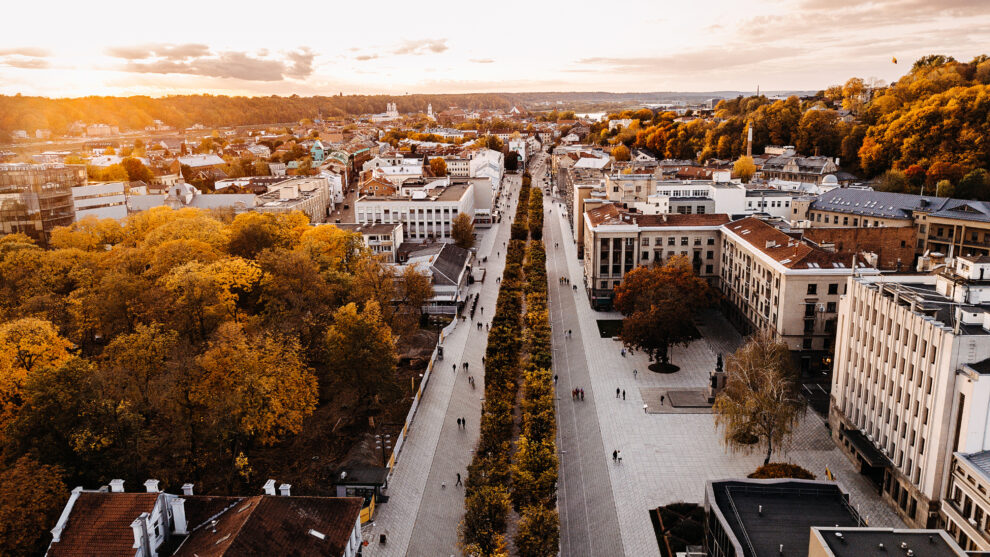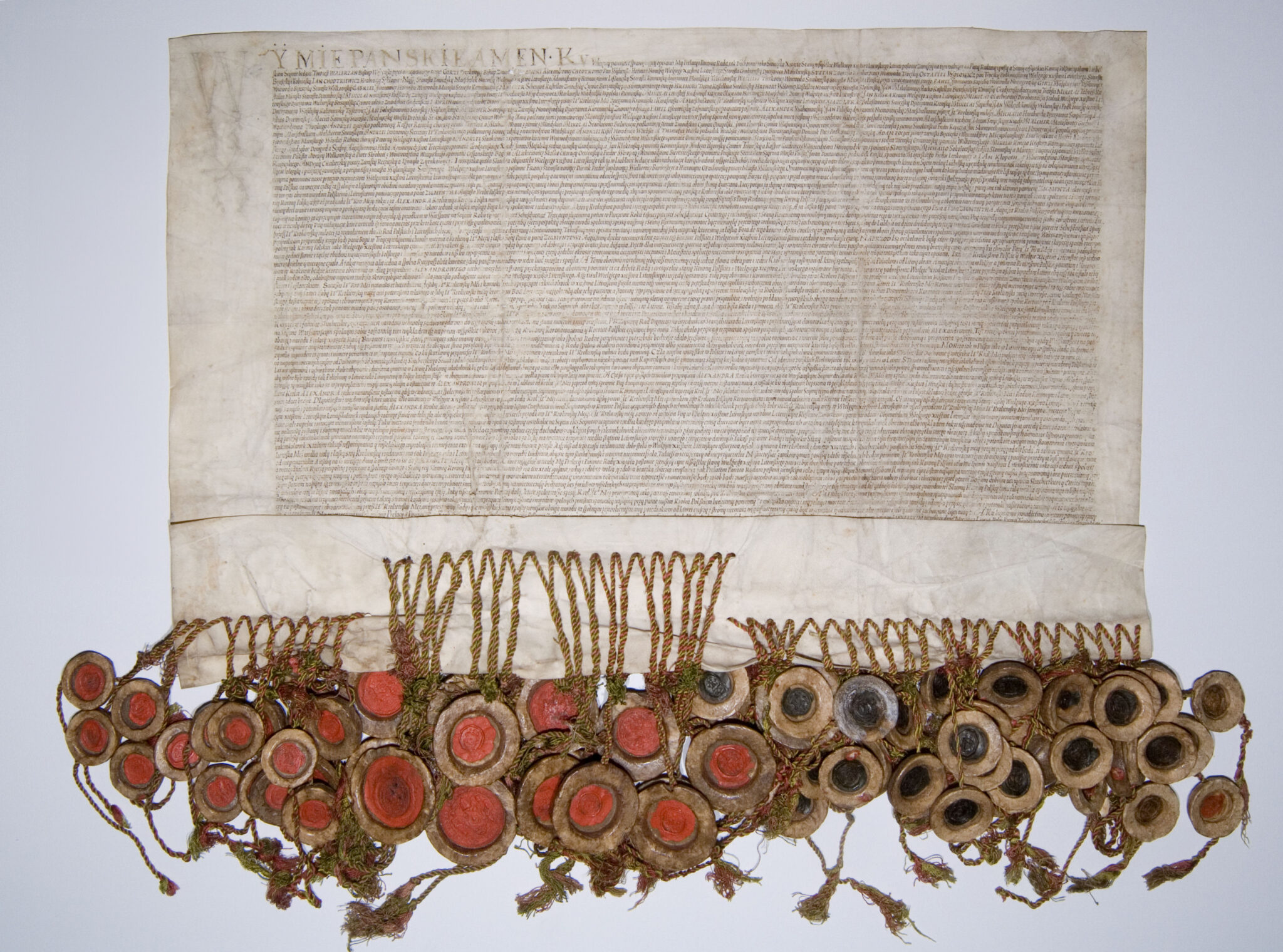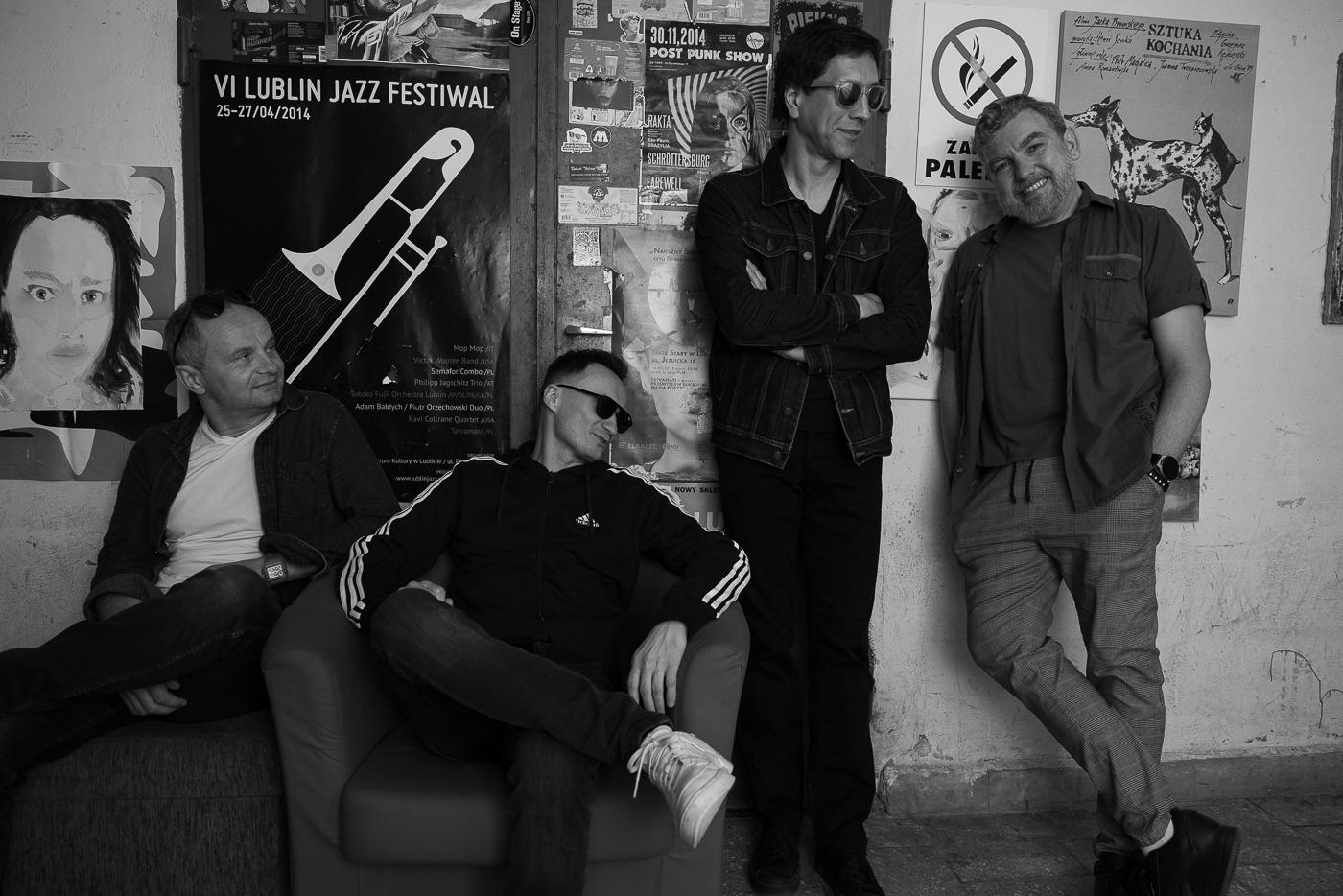“Re:Union”: A Cultural Dialogue Between Lublin and Kaunas – the European Heritage Label Cities

Paskelbta: 2025-05-22 (Thursday)
The project “Re:Union” is launching in both Kaunas and Lublin. Residents and visitors are invited to discover and better understand the shared values, historical legacy and cultural heritage of the cities that have been awarded the European Heritage Label – a distinction recognizing a significant contribution to Europe’s shared cultural identity. Both cities have planned a series of exhibitions, guided tours, concerts, and various educational and community events.
Greater visibility for heritage
Lublin and Kaunas have both received the European Heritage Label for their meaningful contributions to European cultural identity. This shared recognition inspired the project “Re:Union,” which highlights the historical, social, and cultural connections between Lithuania and Poland.
Kaunas was awarded the European Heritage Label for its unique inter-war modernist architecture created between 1919 and 1940, during the period when the city served as the temporary capital of Lithuania. In a short span of time, Kaunas transformed into a hub of culture, science, and creativity. Its modern buildings stand as symbols of national strength, progress, and distinct identity.
The Polish city of Lublin received the label for its role in the Union of Lublin, signed in 1569, which united the Kingdom of Poland and the Grand Duchy of Lithuania into a single state. This was not only a political decision, but also a major step toward a multicultural and collaborative Europe.
Throughout the year, both cities will host various events promoting the European Heritage Label, with a strong focus on cultural heritage awareness, tourism development, and youth engagement. The joint application was one of 10 winners to receive funding from the European Heritage Label Bureau– a grant of €30,000. All cultural and educational activities are organized by the municipalities of Kaunas and Lublin.
The Start – in Kaunas
“At first glance, Kaunas and Lublin seem like two very different worlds – one is the capital of inter-war modernism, where architecture reflects a nation’s efforts to strengthen and revive its identity; while the other is the birthplace of the historic Union of Lublin, one of the most significant political alliances in European history.
Despite complex historical circumstances and different paths, today these cities are united by a shared vision – a commitment to preserve and revive heritage by turning it into a living cultural dialogue between generations and nations,” said Kaunas Deputy Mayor Mantas Jurgutis.
The first events will take place in Kaunas, beginning on May 23 at 11 a.m. in front of Kaunas City Municipality building (Laisvės Alėja 96). City authorities, along with a Polish delegation from Lublin city institutions and tourism sector representatives, will officially open the exhibition “Re:Union: Connections Between Lublin and Kaunas.”
During the month, Kaunas residents and visitors will have the opportunity to explore stories created by the project’s partners – covering the Union of Lublin, the circumstances of its signing, and the key historical figures involved, as well as photographs of the historic buildings of Lublin. The exhibition will also present an opportunity to find out more about the buildings in Kaunas that have been awarded the European Heritage Label. In mid-June, the exhibition on Kaunas architectural heritage will be displayed in the Lithuanian Square in Lublin.
To mark Kaunas’ 617th anniversary, musical greetings will arrive from Poland – on Saturday, May 24, starting at 5 p.m., the alternative rock band “Mohipisian” from Lublin will perform on the Youth Stage in Santaka Park. The band blends classic rock of 1960s with modern Indie style and psychedelic elements. Their vivid performances and distinctive style have earned them praise from both critics and fans of alternative music.
June – full of events
In mid-June, Kaunas will launch a series of ten free guided tours to visit its modernist architectural landmarks. Around 200 students are expected to take part. It will be a unique opportunity to join a guided tour and explore the city, experience heritage, and even rediscover familiar buildings from a new perspective. Information on tours and registration will be available online at kaunas.lt and modernist.kaunas.lt .
For those who wish to explore the European Heritage Label sites and other UNESCO World Heritage icons on their own, an updated version of the Modernism Guide will be available in Lithuanian, English, and Polish. Developed by the municipality and the “KaunasIN” team, the map highlights the routes of the European Heritage Label sites, and includes stories about the buildings, their creators, and architectural details.
Information from the Public Relations Unit








